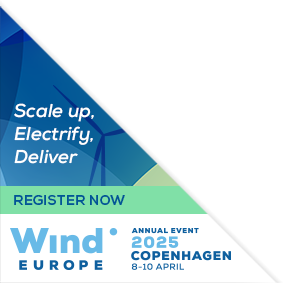Posters
Siblings:
ProceedingsProgrammeSpeakersPostersContent PartnersPowering the FutureMarkets TheatreResearch & Innovation in actionStudent programmePresenters dashboardCome meet the poster presenters to ask them questions and discuss their work
We would like to invite you to come and see the posters at our upcoming conference. The posters will showcase a diverse range of research topics, and will give delegates an opportunity to engage with the authors and learn more about their work. Whether you are a seasoned researcher or simply curious about the latest developments in your field, we believe that the posters will offer something of interest to everyone. So please join us at the conference and take advantage of this opportunity to learn and engage with your peers in the academic community. We look forward to seeing you there!

PO229: How Finite Elements Method and other simulation tools support the advance design optimization and help to predict test validation performance in dry-type transformers for wind turbine application
Lorena Cebrián, R&D Technical Project Management. Dry-type transformers, Hitachi Energy
Abstract
Dry-type transformers are widely used within the onshore wind application since this technology provides valuable technical features to customers, such as enhanced reliability, safety for people and property, vibration and short-circuit resilience, low maintenance and easy installation. Nevertheless, the wind turbine's market trend is moving towards a higher ratings demand, which is a challenge for this type of transformers technology, especially regarding dimensions and weight constraints. Based on this background, an advanced review of design criteria of current models is required to follow market evolution for dry-type transformers. The upgraded design will be an optimized and more compact version of the existing ones, allowing to meet the tight dimensional constraints for higher ratings while still maintaining its standard robustness and reliability. To complete this goal, a technical team was created to re-analyze the applied electrical, mechanical and cooling aspects of existing design method to find enhanced optimizations. For that purpose, simulation tools and especially the Finite Element Methods (FEM) have been intensely utilize to prove feasibility of changes and to predict the performance under operating conditions so that a full design of experiments (DoE) battery can be carried out on a real-scale demonstrator to validate the full process and changes implementation. To verify and validate the redesign full homologation sequence was carried out, standing on the following tests: * Routine tests * Lightning Impulse test * Heat-run test * Vibration test * Short-Circuit test * Environmental test E2 (condensation + humidity penetration) Results were successful so that redesign with optimized features and reduced footprint was completely validated, enabling the fulfillment with more restrictive market requirements and specifications.










